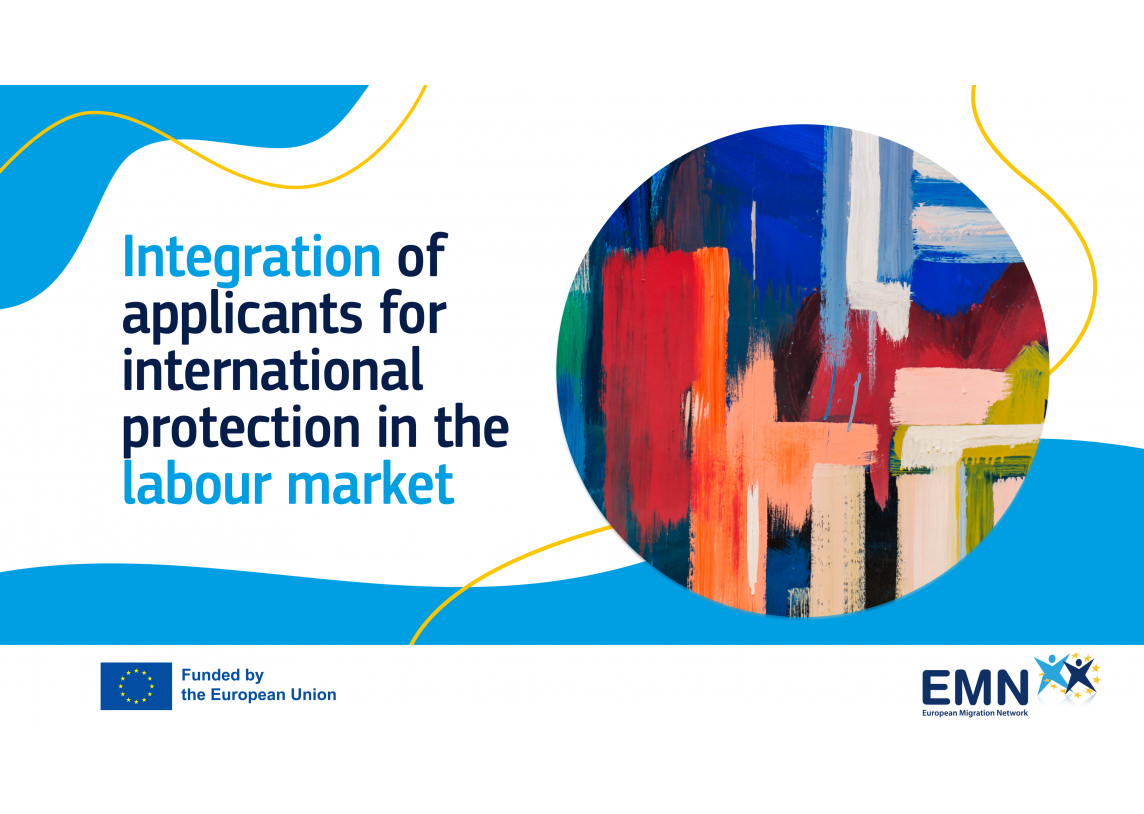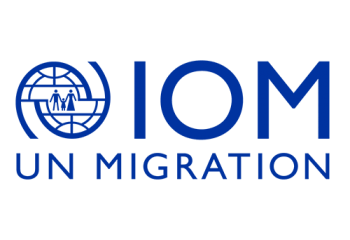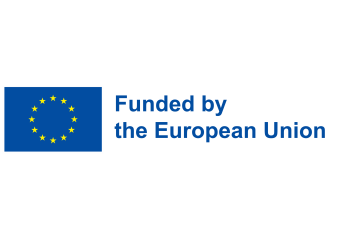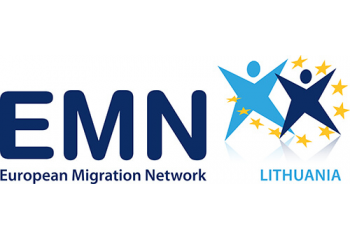News
Moving towards a competitive EU: how Member States ensure integration of applicants for international protection in the labour market?
The successful integration of migrants into the labour market contributes to the country’s economic growth, its expertise potential and responds to emerging labour shortages. The labour force problem in the European Union (EU) has been particularly evident in recent years, with the EU institutions witnessing shortages in both high and low skills occupations.
The potential and knowledge of migrants from third countries, including beneficiaries of international protection, could be used to change the situation. As such, a need to understand how the integration of beneficiaries of international protection into the labour market is ensured in the EU. What are good practices and emerging challenges? These issues are addressed in the latest research by the European Migration Network (EMN).
The ability of international protection applicants to enter the job market is governed by the Reception Conditions Directive. According to it, EU Member States are obligated to ensure that applicants are granted access to the labour market within nine months of submitting their international protection application. Once the waiting period concludes, most of EMN Member Countries provide access to the labour market, typically through a work permit or an alternative form of authorisation. Moreover, most EMN Member States allow access to the labour market through self-employment.
However, the length of the waiting period has been the focus of debate across EMN Member Countries. Discussions have revolved around two key perspectives: one advocates shortening the waiting period to speed up access, and the other advocates extending it to prevent potential abuse of the asylum system through excessively facilitated access. According to the study, more and more EMN Member Countries are attempting to alleviate labour market concerns by shortening the waiting period, thereby improving access and integration.
Additionally, debates have centred on various restrictions on labour market access, such as authorization requirements, labour market tests, and restrictions on certain sectors. Several countries have taken steps to facilitate access through language courses and integration into different sectors of the economy.
Eleven EMN Member Countries have identified successful approaches to integrating applicants for international protection into the labour market. These practices typically involve vocational education, language training, and skills assessment. However, concerns persist about potential abuse of the asylum system and the risk of applicants for international protection facing precarious work conditions and workplace discrimination.
Challenges, mostly of a practical nature, were also identified when seeking employment opportunities. The language barrier is widely reported as the primary obstacle, followed by difficulties in recognising qualifications. In certain countries, applicants for international protection encountered practical difficulties due to the complexity and uncertainty surrounding specific administrative procedures required for labour market access. Furthermore, legislative challenges are encountered by applicants in certain EMN Member Countries, such as the requirement of additional documentation beyond what is specified in national legislation and discrepancies in defining the waiting period as stated in national laws.
Links:EU Study (EN)
Summary of EU study (EN)
Informational message (EN)



